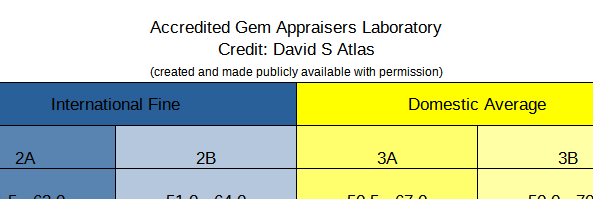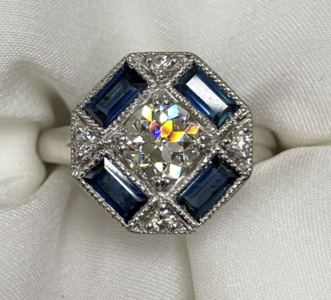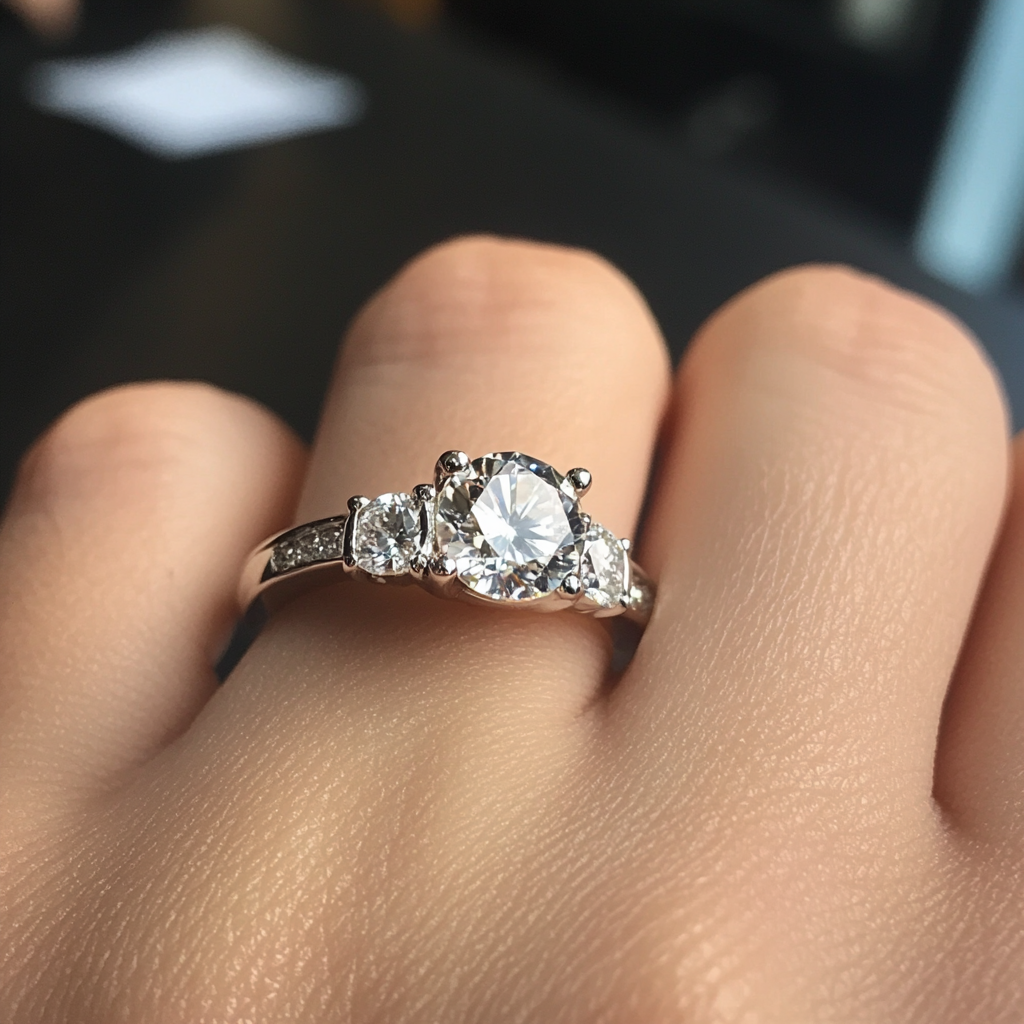- Joined
- Aug 15, 2000
- Messages
- 18,876
About a year ago we had a discussion and a thread (which I can not find).
No no no!Since you are on rounds (again...), I would add 3D info like both CH & PD, after all..., the important factors to your adjusted wordings?
Paul, I agree that a small number of average measurements is not the way to select a diamond, but these measurements used for SCREENING and REJECTING have proven time and time again, to be useful and reasonable. All the diamonds CBI and the rest of the premium cut diamond trade world cut diamonds with score in the top categories; the green and yellow columns. Many of GIA 3Ex will not score well even if a majority of consumers are completely content to buy them. The mass of cutters continue to be content to retain weight over light return and the perfection of beauty.
I don't especially like round diamonds with less than 33 degree crown angles and doubt I could be convinced that 31 and 32 degree angles have a place among the best cut and performing stones. They might perform well, but somehow I think claiming them to be well cut is pushing the envelope of what my training has been. They fail to "look right" to me. It is very difficult to see it otherwise. Maybe such diamonds for Pendants and Earrings constitute a very good alternative for performance and price in secondary diamond jewelry items. I can see that as acceptable, but not useful when shopping for a engagement ring's main diamond. It muddies the waters of consumers primarily shopping to select an engagement ring diamond.
Dave one of your pet hates is shallow crown chipped diamonds. I am advocating these stones are used for pendants and earrings.
1. they are in a safe environment
2. the show dirt less and do as we all know - spend 99% of their life very dirty
Why did you add "Bracelets and Bands" to the bottom?
Dave, you are right but you are missing my point about the chart.Paul, I agree that a small number of average measurements is not the way to select a diamond, but these measurements used for SCREENING and REJECTING have proven time and time again, to be useful and reasonable.

Paul, you are correct. My opinion then, and still is, that if you take the time and care necessary to perfect the CUT of a diamond you will end up with the most brilliant diamond which by definition will have the proper and inherent degree of fire and scintillation nature and crystallography provide. Both of these added elements are lighting dependent. The better the craftmanship, the more of each important feature associated with finely cut diamonds will be visible. It never seemed to mean much to me to attempt to quantify fire or scintillation since they come with properly cut and crafted diamonds.
There are direct correlations, but it seems so overly complex that we make choosing a diamond quite a difficult task. It is supposed to be about love and romance, not an engineering project. Then again, I am not a mathematician.
I'd love to see more work put into being able to designate the best cuts in the fancy shapes. My feeling is that we have what is essential for round diamonds well in hand.
Thanks Karl,Fire and scintillation are design points when creating a design and require a stone to be cut to verify as no computer based system is well suited to the job.
However arguing about fire and scintillation in well cut near tolks is an exercise in futility.
Even on the ranges of that chart its futile.
MRB vs EOC vs crushed ice radiant vs emerald cut is a much more interesting conversation but very very very deep.
Diamond performance boils down to...
It's all lighting dependant and varies based on lighting and environment.
Why does the PA of 40.4° match only to a CA of 36.5° and not 36°-37°?
obstruction below 36.5 gets a bit questionable but with long lowers and a under midrange table(56 or under) can work it depends on what is in the averages. 37 is no problem but not with a large table.Why does the PA of 40.4° match only to a CA of 36.5° and not 36°-37°?
No no no!
Yoram those are a given based on table size, crown and pavilion angles unless the diamond has no girdle or a very thick girdle which grading reports ding for.
I wish they removed those two useless percentages from all reports.
And BTW - a diamond with Tolkowsky proportions and a 5% thick girdle looks great and is way cheaper because the grade will be VG not X. This is a wonderful way for under paid E ring shoppers (if they can find one) to keep the outlaws happy.
(table sizes need to be bigger as girdle thickness gets thicker)
It is an arguable fact that steeper crown angles create more virtual facets in a diamond. More virtual facets mean more scintillation. Diamonds with steeper crown angles are vastly more likely to also have smaller tables thereby magnifying this effect.
Crown height percentage is a factor of two variables Yoram. Table size and crown angle. At 14.8% you can have a 30 degree crown with a 49% table or 40 crown and 65% table. Or 34.5 and 57%. It is a misguided dinosaur measure.Why take CH% out and rely on 3d calculations when such info is quite crucial IMO (CH more than PD) - or at least for me its is..
Just think its kind of neat that wonky antique cuts give any modern round brilliant a great run for the money..(literally)


I don't know about you or others..., I personally would never consider a RB with a crown height below 15% (with a preference to higher)..., actually the first thing I look for when I view a RB grading report...., I believe purchasing any RB's with CH's below 15% is participating in an historic design error just to service a mass-production world..., but this is for another time.Crown height percentage is a factor of two variables Yoram. Table size and crown angle. At 14.8% you can have a 30 degree crown with a 49% table or 40 crown and 65% table. Or 34.5 and 57%. It is a misguided dinosaur measure.
Wonky old cuts are wonky. Nice ones like you produce are beautiful. And yes - they can have amazing huge fire flashes (at the expense of some brilliance). I too am a fan.

